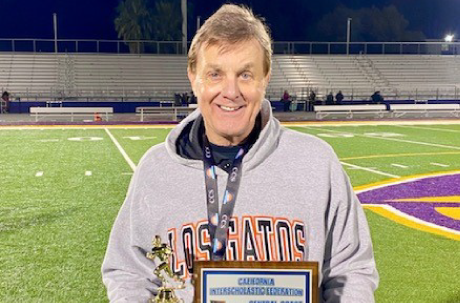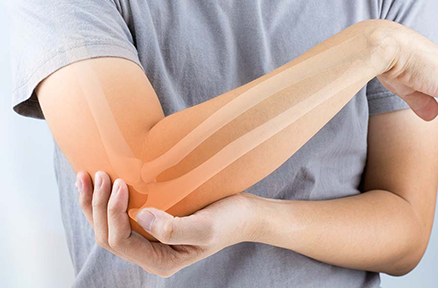Treating Pro Grid Athletes Applies to Recreational CrossFit
When a colleague reached out to me to become involved with the San Francisco Fire, the new Bay Area franchise for the National Pro Grid League (NPGL), I was immediately interested.
And I also got my GSOS colleague Dr. Matthew Pecci involved. As a primary care physician and sports medicine specialist, he has the perfect skills to sort through the majority of these athletes’ issues. I handle the orthopedic issues for The Fire and Dr. Pecci handles their assortment of other common primary care issues. Together we developed a pre-season physical for Grid athletes that set the standard in the league (See below “GSOS Team Doctors Keep The Fire Burning”).
There’s nothing else out there like Grid (watch The Fire in competition below). Grid combines Olympic weight lifting, gymnastics, speed and agility. It’s also the first professional spectator sport with co-ed teams. The NPGL describes Grid as a strategic athletics race in which two teams compete in a two-hour match consisting of 11 races, with varied workouts and rep schemes of exercises.
Matches take place indoors on a grid layout that puts teams side-by-side as they make their way through each race. It’s fast, varied and exciting. It’s also exciting that the San Francisco Fire made it to the Championships on October 1 this year, where they narrowly lost to the DC Brawlers.
Keeping Pros In Play
What keyed my interest personally to become involved with The Fire and Pro Grid is that what I learn from treating The Fire athletes I can apply to the large number of local athletes who perform CrossFit. They have a lot of orthopedic needs that are similar to those of the Grid athletes, the majority of whom have a background in CrossFit.
Most of The Fire athletes’ issues are non-operative strains that you have to find creative ways to work around so they can continue to compete. The key is in modifying movement patterns and scaling down speed or volume to work through injuries, while keeping the competitor in the game.
Keeping Recreational Athletes In Play
For example, a lot of times when recreational athletes get injured, their physician will tell them to take time off and stop doing that activity. Utilizing my experience with The Fire, I can look at the athlete’s movement patterns and modify certain movements or scale down their execution speed. We can keep them exercising, competing and happy while they are recovering from their injury, as opposed to being completely sidelined.
I’m learning as I go along in this new sport. These are not traditional athletes we are caring for. I’m used to caring for rugby players and football players in collision sports, or baseball players where we see a lot of overuse injuries.
The Grid athletes are different and they bring a different set of orthopedic issues to the table. They have more overuse injuries, strains or tendon tears you see with high volume gymnastic patterns, as opposed to more traditional ACL injuries or shoulder dislocations you may see in football or the lower volume multiple-use injuries you see in baseball.
When it comes to the matches, I stay out of the way most of the time. I’m available when an athlete is injured. I dealt with a few small work-around injuries this season, but fortunately nothing catastrophic.
As I get better at coming up with creative workarounds for injured athletes, then I can help the San Francisco Fire do better. Next year we hope to win the NPGL Championship.
Dr. Preston practices orthopedic surgery with a special interest in sports medicine.
GSOS Team Doctors Keep the Fire Burning
“What we do is a very physically demanding sport. People are running at max capacity through a broad range of physical fitness events,” explains San Francisco Fire General Manager Paul Southern. “These athletes need constant care and attention. They’re like race cars and they need to go into the garage all the time to be teched up and worked on.”
That garage tune-up begins pre-season with a physical for athletes signed in the off-season.
“When they come in to train, we need to know they are healthy and ready to go. At pre-season this August, Dr. Pecci ran EKGs, did a physical assessment and ran a full battery of tests to make sure they were fit for duty and would not hurt themselves during the season.”
Dr. Preston is the go-to-doctor on the sidelines, handling the big issues, such as diagnosing a pulled muscle problem one of their star athletes sustained and getting her back on her feet to compete. The Fire’s in house sports medicine team handles regular training management. Southern says Dr. Preston will probably help evaluate new athletes trying to make The Fire squad for the upcoming 2015 season.
“The National Pro Grid League was on NBC Sports Network this past season, and we drew about 2 and a half million viewers during each broadcast match,” says Southern. “The NBC coverage should continue next season. And we’re adding some significant markets with new teams in Charlotte and Baltimore, and with Chicago, Toronto and other cities as possibilities.”



